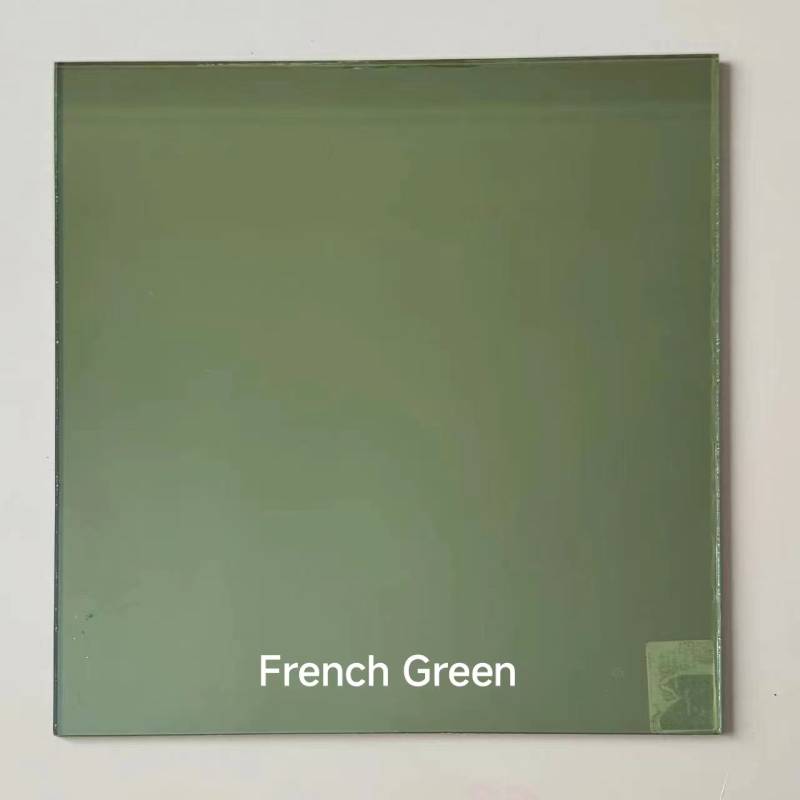

The Cost of 10mm Tempered Glass Factors, Applications, and Market Overview
Tempered glass, also known as toughened glass, is a type of safety glass that has been treated by controlled thermal processes to increase its strength compared to normal glass. One widely sought-after size for various applications is 10mm tempered glass. Understanding the pricing of 10mm tempered glass can provide insight into its value, applications, and the factors that influence its cost.
Understanding Tempered Glass
Tempered glass is produced through a process of extreme heating and rapid cooling. This method enhances the glass's strength, allowing it to withstand impact, thermal stress, and potential breakage more effectively than standard glass. When broken, tempered glass shatters into small, blunt pieces rather than sharp shards, making it a safer option for a variety of uses.
Applications of 10mm Tempered Glass
10mm tempered glass is commonly used in numerous applications including
1. Architectural Projects It is frequently used in the construction of buildings, particularly in high-rise structures, as it provides both safety and aesthetic appeal. 2. Shower Enclosures Many homeowners prefer 10mm tempered glass for shower doors due to its high durability and water resistance.
3. Glass Railings For safety and design, 10mm tempered glass is ideal for transparent railings, providing both security and a modern look.
4. Furniture It is also used in furniture design, such as glass tabletops, where strength and beauty are required.
Factors Influencing the Price of 10mm Tempered Glass
Several factors impact the pricing of 10mm tempered glass

1. Raw Material Costs The base materials, primarily silica sand, soda ash, and lime, are influenced by market conditions. Price fluctuations in these raw materials can directly affect the cost of tempered glass.
2. Manufacturing Processes The complexity of the manufacturing process also plays a significant role. The heating and cooling cycle in the tempering process requires sophisticated equipment and technology, contributing to the overall price.
3. Thickness and Size While 10mm refers specifically to the thickness, the size of the glass panels can also affect the price. Larger panels require more handling, cutting, and potentially higher shipping costs.
4. Surface Treatments Additional treatments such as coating, tinting, or specific finishes can increase the cost considerably depending on customer requirements.
5. Market Demand Just like any other product, supply and demand dynamics greatly influence the cost. Increased construction activity or trends in home renovations may boost demand for tempered glass, leading to higher prices.
6. Geographic Variations Prices can vary significantly depending on the region due to differences in operational costs, labor availability, and local competition.
Current Market Trends
As of late 2023, the demand for tempered glass, especially 10mm, remains robust. With the ongoing growth in the construction sector and a rising trend in home improvement projects, manufacturers are seeing a consistent influx of orders. Furthermore, the push for safety regulations in commercial and residential buildings adds to the demand for high-quality tempered glass.
The market is also witnessing innovation, with new techniques in glass manufacturing that enhance its characteristics. For instance, low-iron tempered glass offers improved clarity and color transmission, appealing to high-end architectural projects which often command a higher price point.
Conclusion
In summary, the pricing of 10mm tempered glass is influenced by various factors, including raw materials, manufacturing costs, and market demand. Its versatility means it remains a popular choice across different industries, from construction to automotive applications. Understanding these elements can help consumers and businesses make informed decisions about purchasing tempered glass. As trends continue to evolve, so too will the innovations in this field, potentially impacting pricing and availability in the future. Whether for a sleek modern home or a safety-conscious commercial building, 10mm tempered glass offers a blend of aesthetics, safety, and functionality, making it an invaluable material in today’s market.